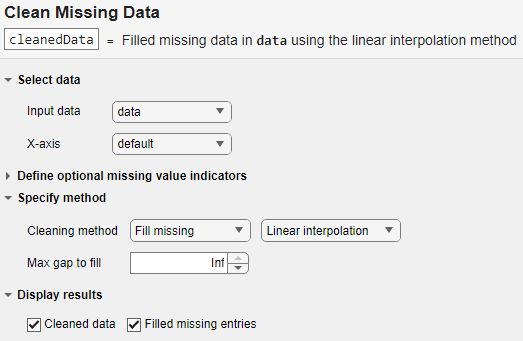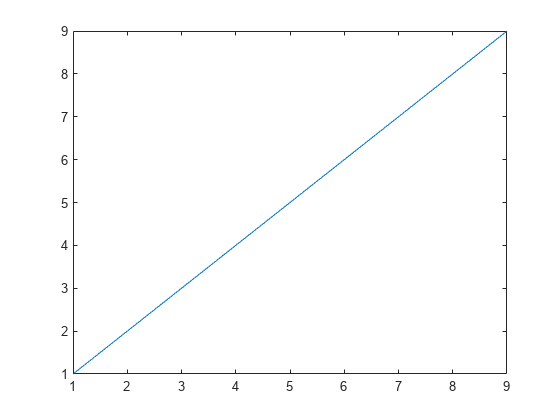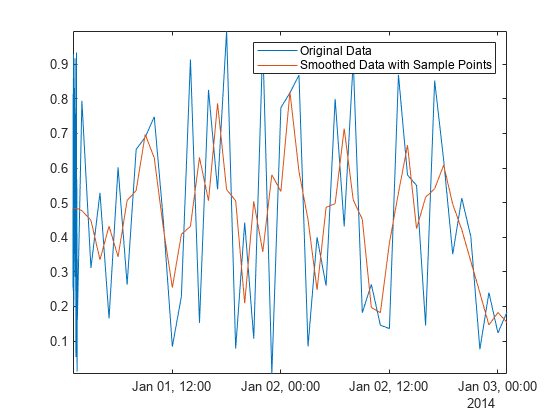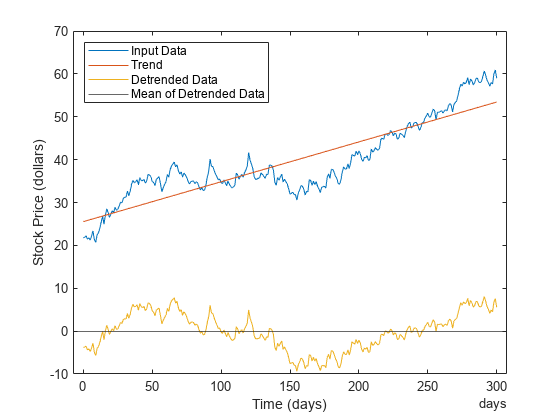Preprocessing Data
Data can require preprocessing techniques to ensure accurate, efficient, or meaningful analysis. Data cleaning refers to methods for finding, removing, and replacing bad or missing data. Detecting local extrema and abrupt changes can help to identify significant data trends. Smoothing and detrending are processes for removing noise and polynomial trends from data, while scaling changes the bounds of the data. Grouping and binning methods identify data characteristics by groups.
Apps
| Data Cleaner | Preprocess and organize column-oriented data (Since R2022a) |
Live Editor Tasks
| Clean Missing Data | Find, fill, or remove missing data in the Live Editor (Since R2019b) |
| Clean Outlier Data | Find, fill, or remove outliers in the Live Editor (Since R2019b) |
| Find Change Points | Find abrupt changes in data in the Live Editor (Since R2019b) |
| Find Local Extrema | Find local maxima and minima in the Live Editor (Since R2019b) |
| Smooth Data | Smooth noisy data in the Live Editor (Since R2019b) |
| Find and Remove Trends | Find and remove polynomial or periodic trends from data in the Live Editor (Since R2019b) |
| Normalize Data | Center and scale data in the Live Editor (Since R2021b) |
| Pivot Table | Summarize tabular data in pivoted table in the Live Editor (Since R2023b) |
| Compute by Group | Summarize, transform, or filter by group in the Live Editor (Since R2021b) |
Functions
Topics
- Clean Messy and Missing Data in Tables
Standardize, fill, or remove missing values in tables, and reorganize tables by sorting rows and moving variables.
- Split Data into Groups and Calculate Statistics
This example shows how to group data and apply statistics functions to each group.
- Perform Calculations by Group in Table
Specify groups of data in tables and timetables, and perform calculations by group. Choose a function for group calculations using these recommendations.




